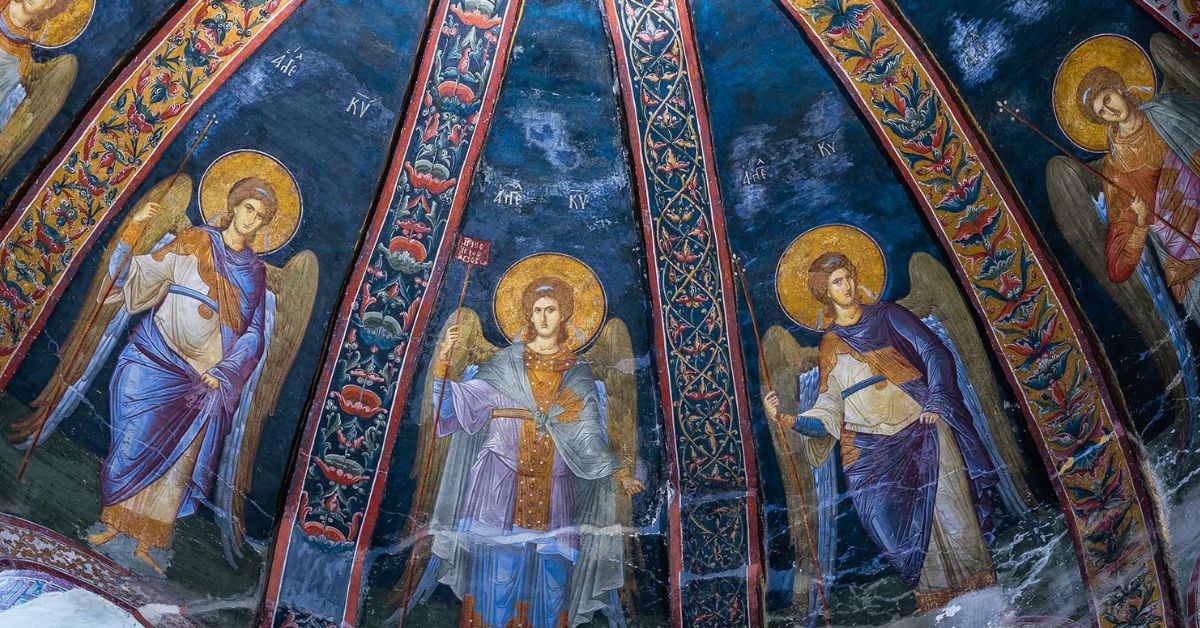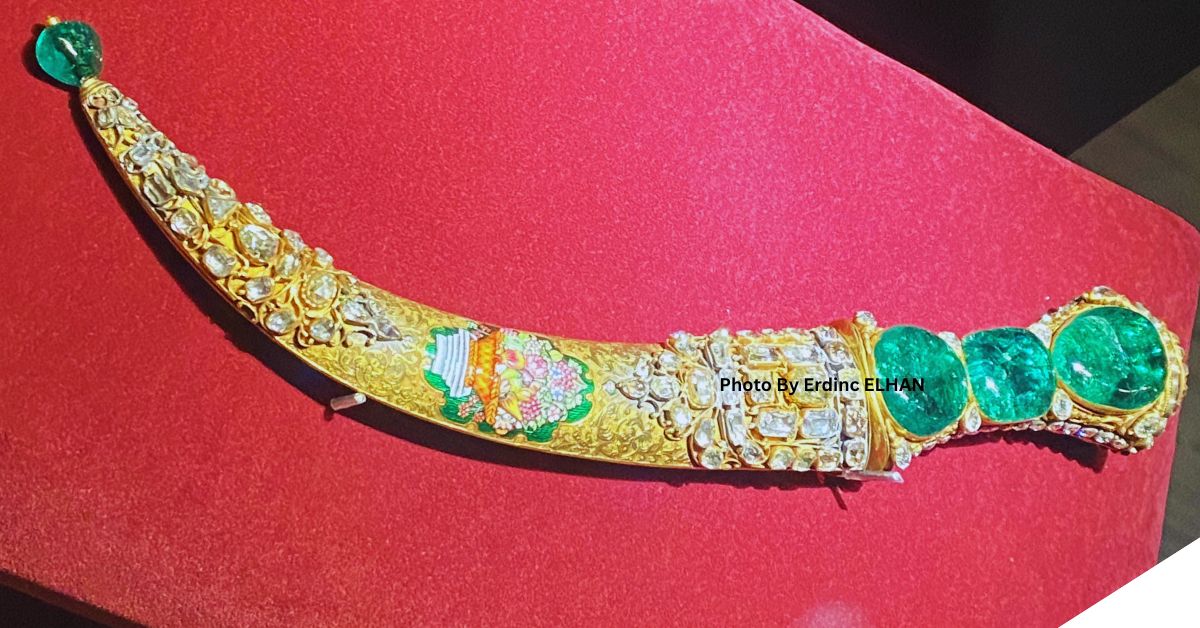Tucked away in the quiet Edirnekapı neighborhood of Istanbul’s historic Fatih district, the Chora Mosque — or Kariye Camii in Turkish — is a breathtaking monument where Byzantine splendor and Ottoman reverence intertwine.
Once a church, later a mosque, then a museum, and now again a mosque, this historic site is known globally for its remarkable frescoes and mosaics that portray scenes from the life of Jesus and Mary. Even though it’s now a functioning mosque, the Chora continues to captivate travelers, historians, and art lovers from around the world.
🏛️ A Brief History of the Chora Mosque
The Chora was originally built as a Byzantine church in the 4th century, outside the ancient city walls — hence its name Chora, meaning “in the country” in Greek. The current structure mostly dates to the 11th and 14th centuries, with extensive interior decoration commissioned during the Palaeologan Renaissance, a period of renewed artistic flowering in the Byzantine Empire.
After the Ottoman conquest of Constantinople in 1453, the church continued to function for several decades before being converted into a mosque in the 16th century. It was then known as Kariye Camii. In 1945, it was declared a museum, and its unparalleled mosaics and frescoes were carefully uncovered and restored. In 2020, it was re-converted into a mosque, though visitors are still allowed respectful access.
🎨 What Makes Chora So Special?
- Mosaics: The walls and ceilings are adorned with some of the finest surviving examples of late Byzantine mosaics. Highlights include scenes of the Nativity, Miracles of Christ, and Genealogy of Christ.
- Frescoes: In the funerary chapel (parekklesion), stunning frescoes portray heaven, hell, resurrection, and the Last Judgment, combining vivid colors with deep spiritual themes.
- Architecture: Despite its modest size, the building’s domed ceilings, marble columns, and layout make it a gem of medieval architecture — intimate, ornate, and awe-inspiring.
🙏 Visiting Today: What to Expect
Since its reversion to a mosque, entry is still allowed, but certain areas may be restricted, and some mosaics may be covered during prayer times out of respect for Islamic practice.
✅ Entry is free
✅ Open to all visitors outside prayer times
✅ Modest dress required (long sleeves and long pants or skirts; headscarves for women)
✅ Photography allowed (no flash, and with respect)
🚶♂️ How to Get There
- By Public Transport: Take the M2 metro line to Vezneciler or the T1 tram to Edirnekapı stop, then walk or take a short taxi ride.
- By Bus: Multiple city buses from Eminönü and Fatih areas stop near Edirnekapı.
- By Taxi or Tour: Since it’s not on the usual tourist trail, guided tours or taxis may be the easiest for first-time visitors.
💡 Insider Tips
- Visit in the morning for fewer crowds and better lighting for photography.
- Explore the surrounding Edirnekapı neighborhood, home to quiet streets, old wooden houses, and the nearby Tekfur Palace ruins.
- Combine your trip with a walk along the Theodosian city walls, visible just outside the mosque.
🖼️ Image Suggestions for your Social Media:
- Close-up of a golden mosaic of Christ Pantocrator inside the dome.
- Exterior view of the mosque’s stone and brick architecture under warm light.
- Visitors admiring the frescoes in the side chapel, with soft ambient light.
📣 Final Invitation
Chora Mosque is a spiritual and artistic treasure that tells the story of Istanbul’s complex, multi-layered history. For those looking to step off the beaten path and witness the meeting point of Byzantine beauty and Ottoman respect, this sacred site offers a powerful and unforgettable experience.
👉 For more unique cultural gems across Istanbul, continue your journey with visitistanbul.com — your local guide to timeless discovery.

